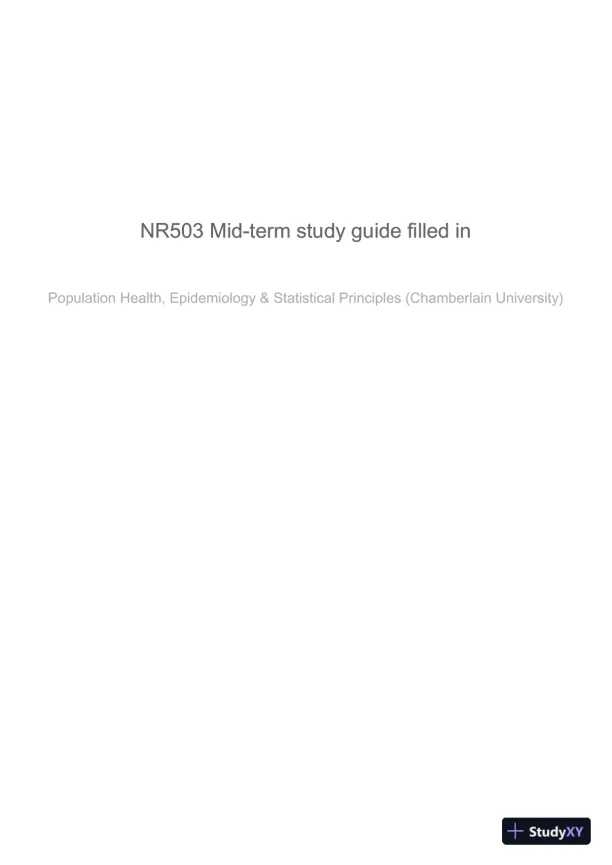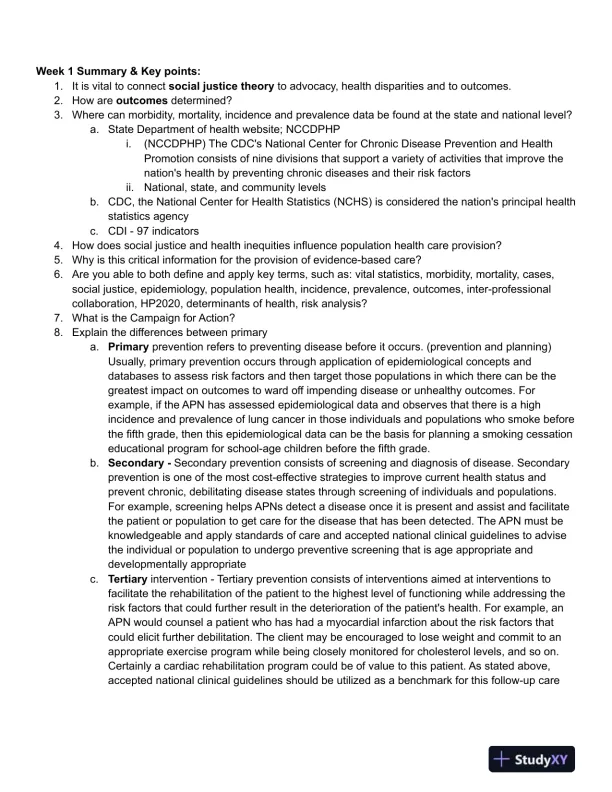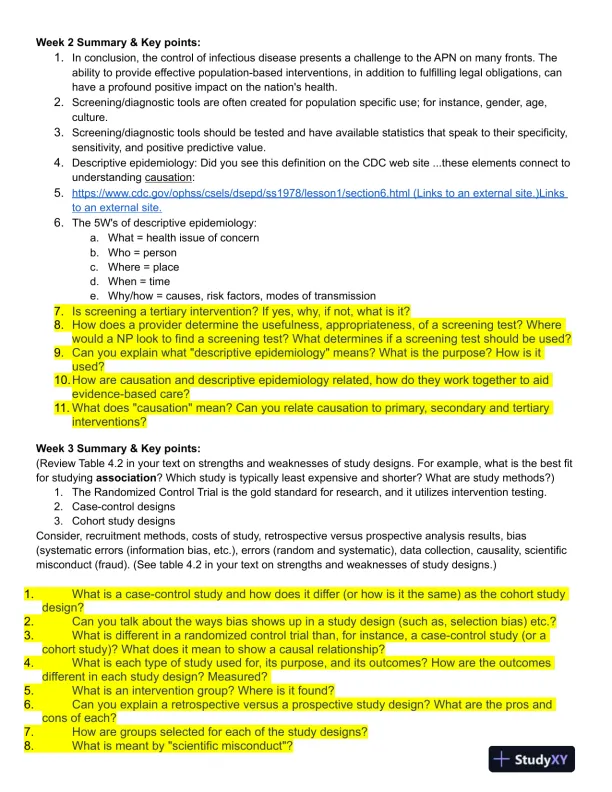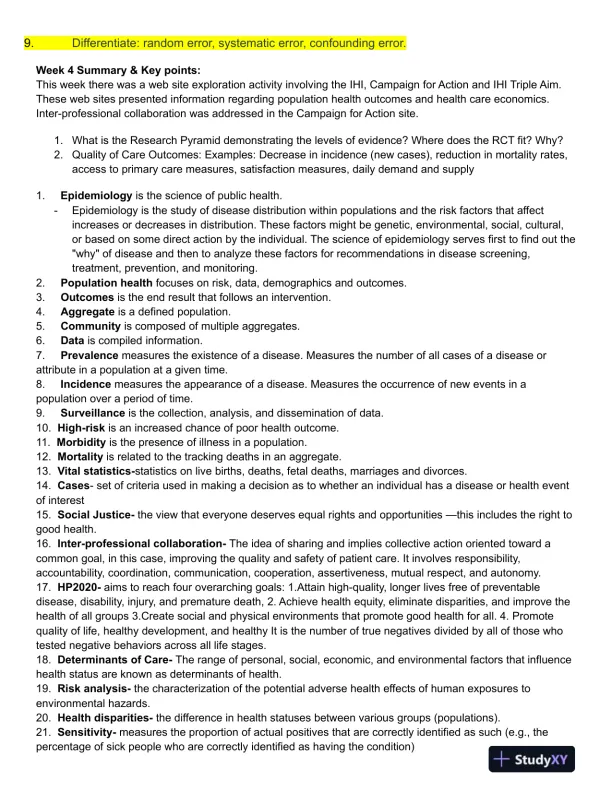Page 1

Loading page image...
Page 2

Loading page image...
Page 3

Loading page image...
Page 4

Loading page image...
Page 5

Loading page image...
Maximize your exam performance with NR503 Population Health, Epidemiology and Statistical Principles Midterm Exam Study Guide With Answers, a detailed past exam collection.
Loading page image...
Loading page image...
Loading page image...
Loading page image...
Loading page image...
This document has 15 pages. Sign in to access the full document!